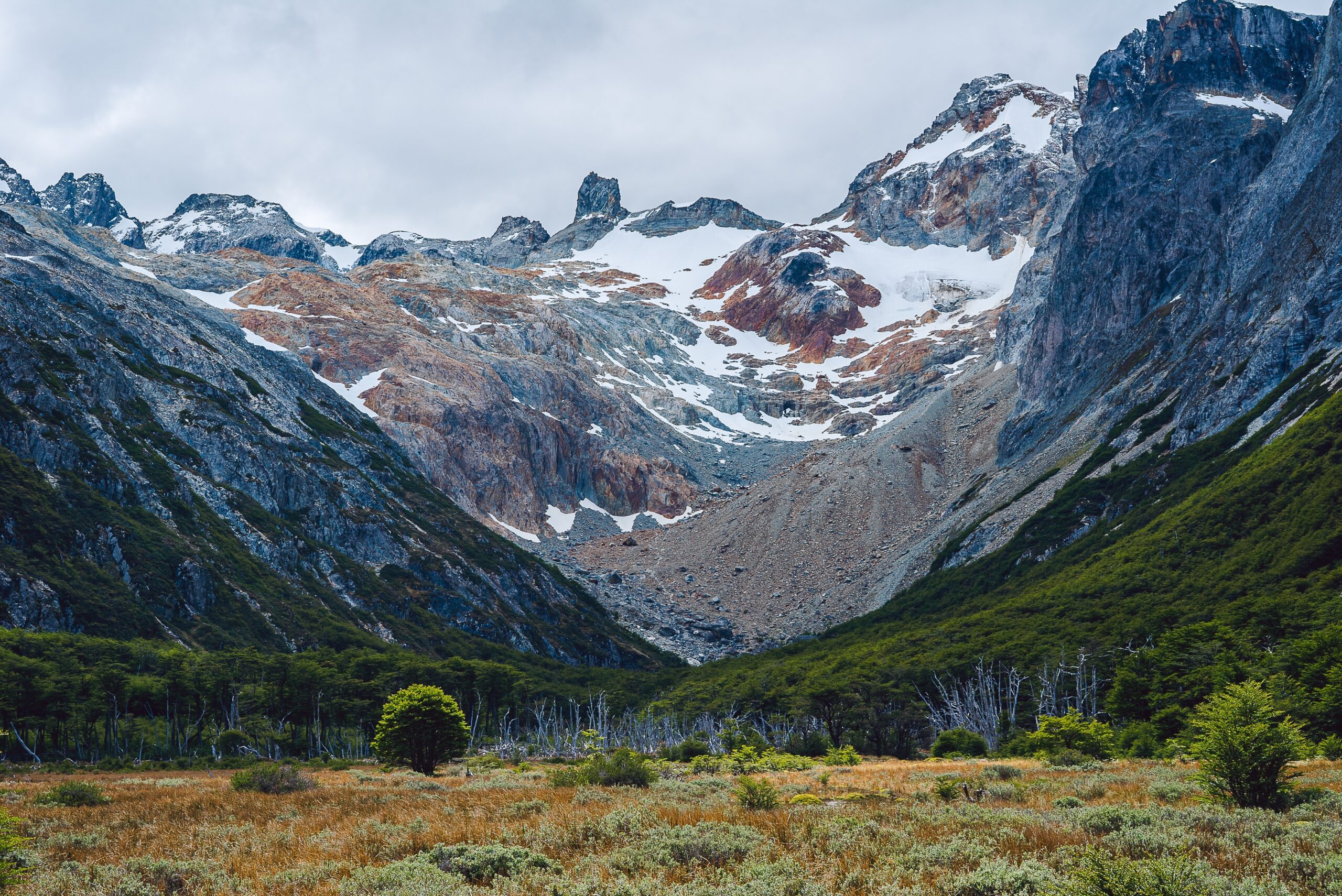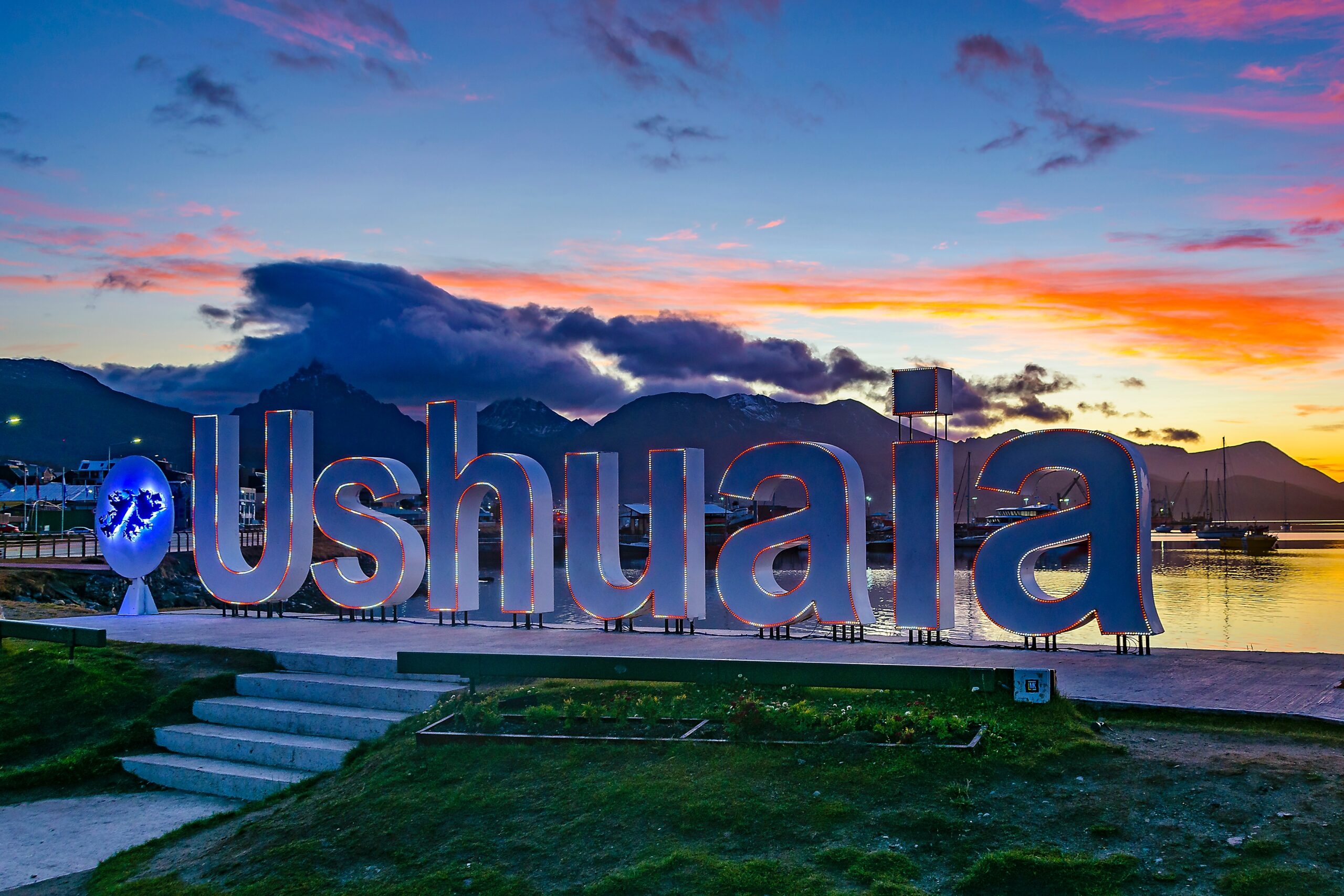












Often referred to as the “End of the World,” Ushuaia, Argentina is the southernmost city in the world. Located on the southern coast of Argentina within the Tierra del Fuego archipelago, the area that is now Ushuaia was inhabited by the indigenous Yámana people for thousands of years. Beginning in 1520 with Ferdinand Magellan, Ushuaia fell onto the radar of European settlers and explorers who saw its position as a strategic location for maritime navigation. In 1871, Anglican missionaries established a settlement that remained largely unpopulated until the Argentine government deemed the region a penal colony in 1902. In the 1970s, business owners were offered tax incentives to operate in remote spots. Now, Ushuaia is a primary gateway for visitors making trips to Antarctica and has become a popular stop for tourists on cruises. If Ushuaia is on your travel bucket list, contact Gray Line Worldwide today to learn more about landmarks and attractions located there!
Tour Expert, Gray Line Ushuaia

About two to three miles off the coast of Ushuaia, Argentina sits Seal and Bird Island, strips of land that belong to the Beagle Channel’s biodiverse ecosystem. Historically used as a critical navigation route around the tip of South America, the channel and the Tierra del Fuego archipelago have been inhabited by the Selk’nam and Yámana indigenous peoples for thousands of years. As the name implies, Seal Island is renowned for its large colonies of South American sea lions and fur seals. Similarly, Bird Island sees the presence of various seabird species, including the Imperial Cormorant and Kelp Gull. Take a boat tour from Ushuaia and navigate through the Beagle Channel to observe this incredible wildlife in its natural habitat.

Lake Fagnano — also known as Kami Lake — and Lake Escondido are two significant bodies of water nestled within the lush landscape of Tierra del Fuego. With a long history tied to the indigenous peoples of the region, these lakes were first documented by Europeans in the 19th century. Charles Darwin extensively explored the lakes as part of his travels with the HMS Beagle. The Magellanic Fault is an active tectonic depression buried beneath Lake Fagnano that represents the boundary between the South America and Scotia Plates. One of the largest lakes in Argentina, Lake Fagnano and its smaller cousin host dozens of walking trails and are great spots for visitors to engage in some fishing, off-roading, and kayaking.

Tren del Fin del Mundo or the End of the World Train is a historic narrow-gauge railway located in Ushuaia. The modern track runs over the same seven-kilometer track used to transport prisoners and materials for the construction of the Ushuaia prison. With views of the surrounding wilderness, Pipo River, waterfalls, and forests, the train offers a ride unmatched anywhere else on the planet. In 1902, construction of the Ushuaia Penitentiary facilitated the need for a xylocarril (wooden rail) to transport lumber and stones. Falling into disrepair, the rail line was finally revived by a private company in the Nineties and rebranded as the “End of the World Train.” Now, guests can ride approximately an hour each way and view landmarks like the Macarena Waterfall Station, Tree Cemetery, and portions of Tierra del Fuego National Park. An onboard audio system offers commentary in several languages and heightens the educational and engaging component of the ride.

Tierra del Fuego National Park is Argentina’s southernmost national park. Translating to “Land of Fire,” Tierra del Fuego got its name from European explorers who witnessed bonfires created by the indigenous Yaghan population on its shores. The region has been inhabited for thousands of years by the Yaghan and Selk’nam peoples who regularly hunted marine mammals and collected shellfish. Wanting to preserve the area’s unique ecosystems — which include subantarctic forests and coastal environments — Argentina officially created Tierra del Fuego National Park in 1960. As you explore, keep an eye out for native guanacos, red foxes, and Andean condors.

Found in the remote areas of the Tierra del Fuego Province, the Ojo del Albino Glacier is composed of ethereal blue ice formations and majestic icebergs. The glacier is part of a larger system and sits only about 12 miles from Ushuaia. Visitors can explore the glacial landscape themselves by embarking on a guided tour that includes hiking and ice trekking. Part of the journey also includes passing through the Andean Patagonian Forest and making a stop at Laguna Esmeralda.

Laguna Esmeralda — or Esmeralda Lake — is filled with emerald waters and framed by mountains and glaciers. Formed from a glacier itself, this lake has figured prominently in the history of the indigenous Yamana and European settlers. The name “Esmeralda” refers to the unique emerald color of the water, which is caused by glacial silt and minerals released into the meltwater. Hiking to the lake involves traversing lehenga forests, peat moss fields, and rivers for roughly four hours. In a region of the world that is nothing short of remarkable, Esmeralda Lake is still a standout for photographers, outdoor enthusiasts, and adventurers.

Commonly referred to as the “Lighthouse at the End of the World,” Les Eclaireurs Lighthouse is located on the northernmost island of an archipelago in the Beagle Channel. Standing 36 feet tall with a distinctive red and white striped exterior, the lighthouse has played a critical role in guiding vessels through the treacherous waters around Ushuaia. Completed in 1919, Les Eclairerus emits white flashes every ten seconds that are visible up to 7.5 nautical miles away. Not open to the public for interior tours, guests can instead view the lighthouse by boat and take photographs against the background of the surrounding landscape.

For one of the more unique wildlife excursions on the planet, don’t miss a chance to participate in the Martillo Island Penguin Tour. Walk among the Magellanic and Gentoo penguin species that inhabit Martillo Island, which is part of the Beagle Channel’s protected reserve. With around 3,000 breeding pairs identified, the island is home to a significant population of these birds and even occasionally provides sightings of King penguins. Traverse marked trails and observe the birds closely in their natural environment. While you’re at it, you might also spot some sea lions and other bird species.

Get insight into the penal history of the southernmost city in the world when you visit Ushuaia’s Prison Museum. Operational from 1902 to 1947, the Argentine prison was intended to house some of the most dangerous deemed criminals in the country. The harsh climate and remoteness of Ushuaia made it an ideal location for “Argentine Siberia.” Inmates were expected to both serve sentences while contributing to the construction of Ushuaia itself. In the Prison Museum, walk through the cells and corridors of the institution and discover handmade artifacts — including furniture — created by prisoners. The same complex houses the Maritime Museum, Antarctic Museum, and Marine Art Museum.

In the Tierra del Fuego Province sits an internationally renowned waterfall that cascades down the sides of steep cliffs. Creating a veil of mist that sparkles underneath the sunlight, Bridal Veil Falls is a must-see for anybody visiting the Ushuaia area. Legends stemming from antiquity describe the waterfall as a place for star-crossed lovers, which certainly seems plausible when standing in the romantic etherealness of the space. Hike up the waterfall, take some stunning pictures, or just bird watch.


Europe is a dream destination for many travelers, offering a rich blend of historic cities, diverse cultures, and breatht[...]
Europe

Discovering the Wild Side of Panama City Panama City is famous for its skyline and the Panama Canal, but beyond the ci[...]
Panama

Experience Bali’s Iconic Landmarks Bali, the Island of the Gods, offers breathtaking landscapes, rich culture, and thr[...]
Bali Indonesia

Absolutely fantastic. Our plane was 3 hours late departing, due to a medical emergency. I emailed GrayLine to inform them. When we arrived in Buenos Aires our driver was there waiting. He was great. Very polite and efficient. Took us to our hotel with no problems.
Fiz um passeio maravilhoso e recomendo a todos que estão visitando Buenos Aires. O tour passa pelos principais pontos turísticos da cidade, e o melhor é que você pode parar nos locais de maior interesse, explorar a região e depois embarcar no próximo ônibus para continuar ...
really enjoying hopping on and off! got to see Buenos Aires and used again the following day to hop on and off at the places we thought looked most interesting. Good value tour, definately recommend.